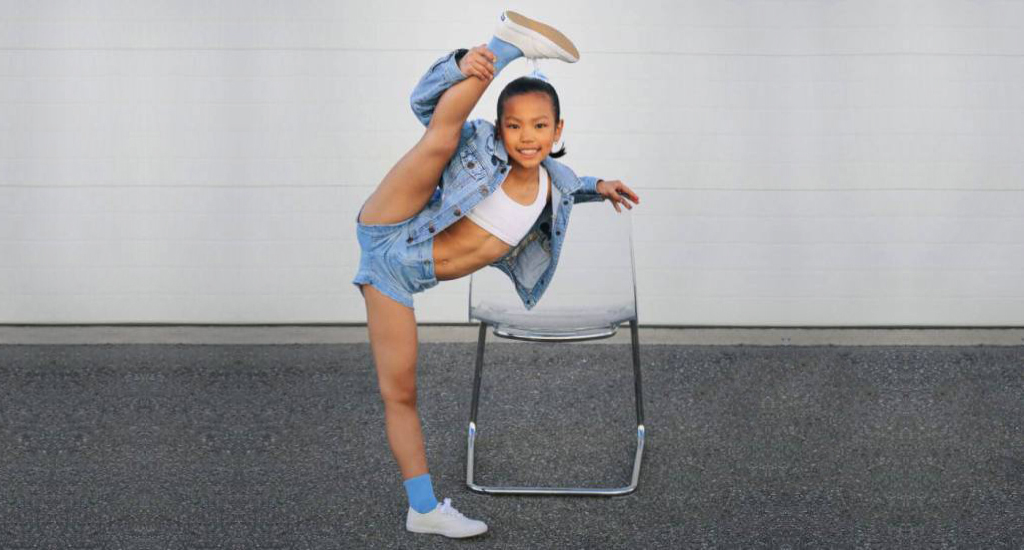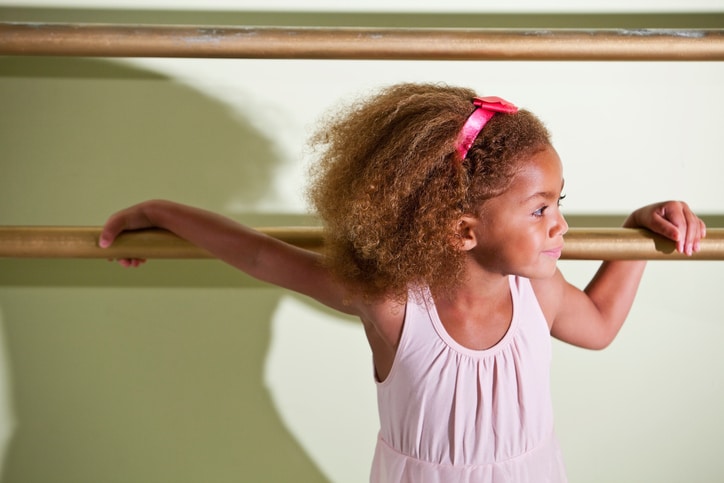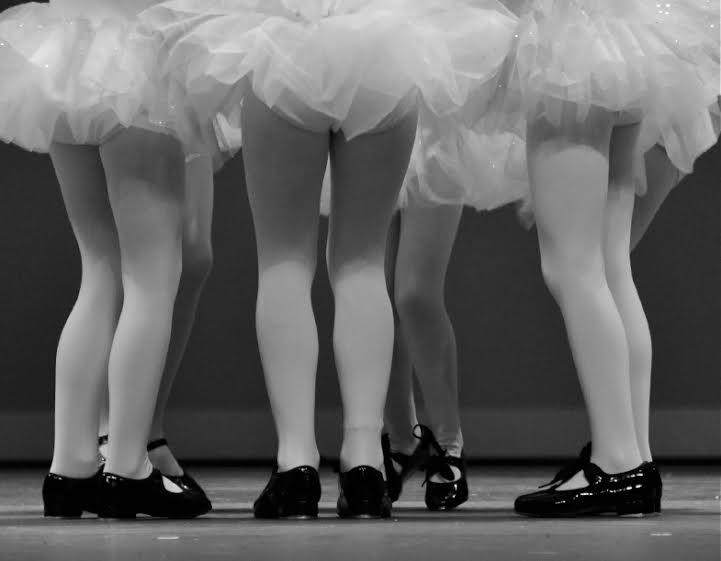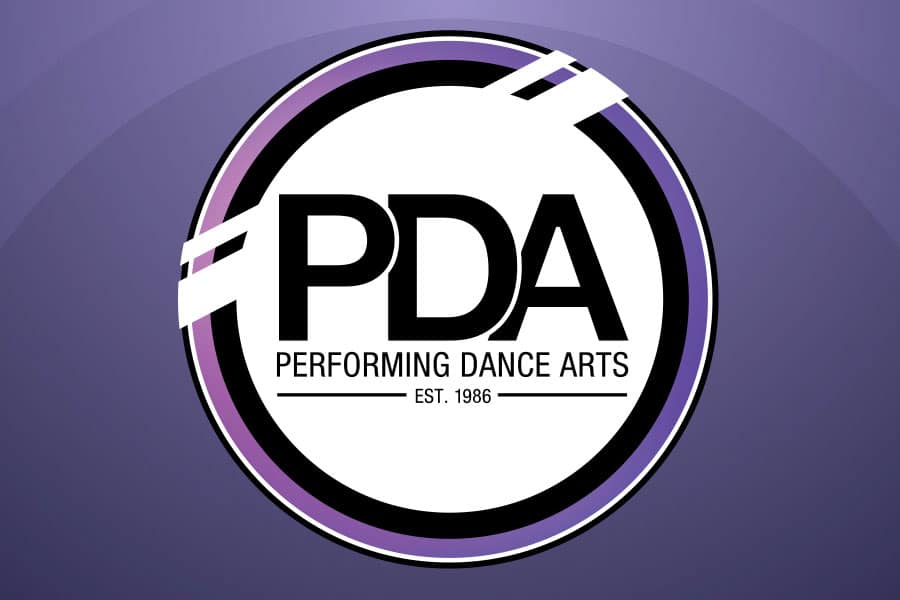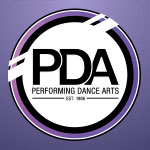Dance has always been a form of expression that transcends words. It communicates emotions, tells stories, and brings ideas to life through movement. However, the addition of props brings a whole new dimension to this art form. This article delves into the fascinating world of dance props, examining how they can elevate performances, expand expressive possibilities, and push creative boundaries. We will also look at the potential pitfalls, such as distraction and cultural appropriation, and how dancers and choreographers can use props effectively.
The Power of Props
Can a simple scarf whisper a story more eloquently than words? Can a staff become an extension of the soul, amplifying emotions beyond physical expression? Props can do so much when it comes to amplifying a performance.
Expanding Expression
Dance props for ballet, hip-hop, contemporary, and other styles of dance add layers of meaning and symbolism to dance. Imagine a flowing veil representing freedom in a contemporary piece or masks conveying hidden identities in a ballet performance. These props become more than mere objects; they transform into symbols that enhance storytelling and emotional depth.
Props can also serve as extensions of the dancer’s body, creating visual metaphors that resonate with the audience. They can also introduce new elements that challenge traditional dance narratives, offering a fresh perspective on familiar themes.
Pushing Boundaries
Props can challenge traditional movement vocabulary and push creative boundaries in ways that pure dance cannot. Consider a hip-hop routine where dancers use chairs for acrobatics or a modern dance performance that incorporates light projections. These innovative uses of props not only break the mould of conventional dance but also lead to unexpected and captivating audience experiences.
By pushing the boundaries of what is possible, props encourage choreographers to think outside the box and experiment with new forms of expression. This can result in ground-breaking performances that capture the imagination and redefine what dance can be.
Engaging the Senses
Props can go beyond visual impact by stimulating other senses, creating a multi-sensory experience for both dancers and audiences. These sensory details can transform a good performance into a great one, leaving a lasting impression on everyone involved.
Imagine a performance where the sound of rain sticks complements the dancers’ movements, creating an auditory layer that enriches the visual spectacle. Or consider textured fabrics that not only look beautiful but also invite the audience to imagine the sensation of touching them.
The Pitfalls of Props
While props can enhance a performance and add another layer of storytelling, they can easily become a hindrance. The key is finding the right balance between the dancing and the props, making sure the props serve the dance rather than the other way around.
Distraction Over Domination
Oftentimes, the use of props can cause a distraction for dancers and the audience to the point where the message of the performance is lost. It’s important that props enhance, rather than overshadow, the dancer’s skill and artistry. Overly elaborate costumes or props that require excessive focus on manipulation can detract from the core performance and the dancer’s connection with the audience.
For example, a dancer struggling to manage a cumbersome prop may lose fluidity in their movements, causing the audience to focus more on the prop than the performance.
Technical Challenges
Mastering prop manipulation is crucial for safety and seamless execution. Potential technical mishaps, such as dropping props, losing control, or difficulty integrating props with movement, can disrupt the flow of the performance and create negative audience impressions. It’s essential for dancers to practice extensively with props to ensure they can handle them confidently and gracefully.
Technical issues can also arise from the props themselves. For instance, a prop that is too heavy or unwieldy can pose a safety risk, while a malfunctioning prop can distract both the dancer and the audience.
Cultural Appropriation
With the power of social media, cultural appropriation has been taking centre stage with many popular dance productions, including The Nutcracker. Cultural appropriation may be subjective to some dancers but on a larger scale, it is seen when cultural traditions and decorations are used by those with no significant relationship with the community it originates from.
For example, using traditional Native American props without understanding their cultural significance can be seen as disrespectful and exploitative. Dancers and choreographers must educate themselves about the cultural origins and meanings of the props they use to avoid ethical pitfalls.
Balancing the Act: Effective Prop Integration
Choosing the right props and using them effectively requires careful consideration. Here are some practical tips:
- Choose props that align with the desired impact and story of your performance.
- Practice safe and seamless manipulation techniques, such as understanding weight distribution and transitions.
- Maintain a focus on the dancer’s movement and expression, ensuring props complement rather than overpower the performance.
Different genres of dance use various props such as chairs for hip-hop, umbrellas for contemporary, and ribbons and fans for ballet productions. Each prop enhances the artistic expression of the story. This enables both the dancer and the audience to look beyond the movements.
Learn How PDA Uses Props to Encourage and Support Young Dancers
Performing Dance Arts offers personalized support, instruction, and training in our world-class dance studios in Vaughan, Yorkdale, and Etobicoke. Our instructors bring years of industry experience to the studio to teach and inspire dancers of all skill levels and dance genres.
We use props to teach our dancers posture and quick movements. We encourage our dancers to experiment responsibly and explore the endless possibilities that props offer. For new and younger dancers, props are a way to “break the ice” and understand the significance of body positioning within a dance class.
Contact us for more information on our dance classes and schedule a tour of one of our local studios.
